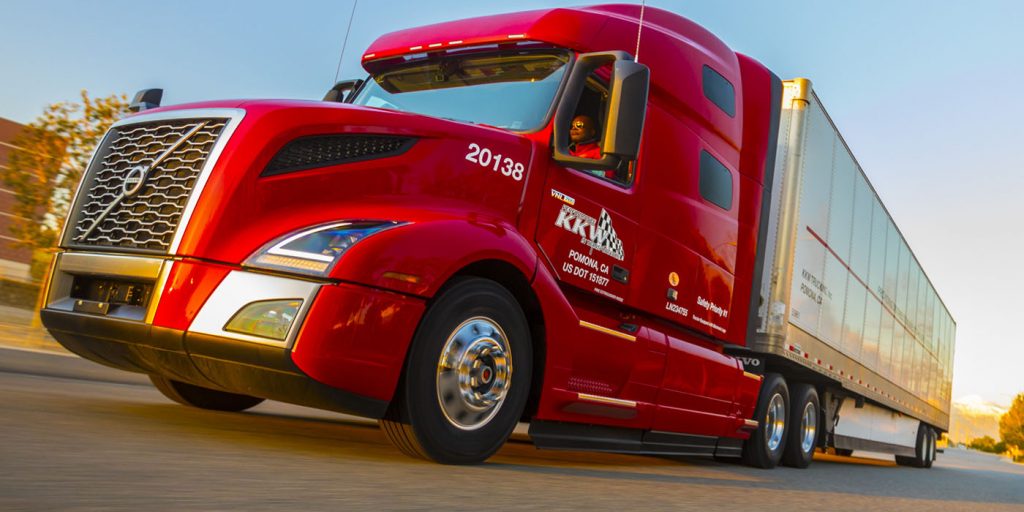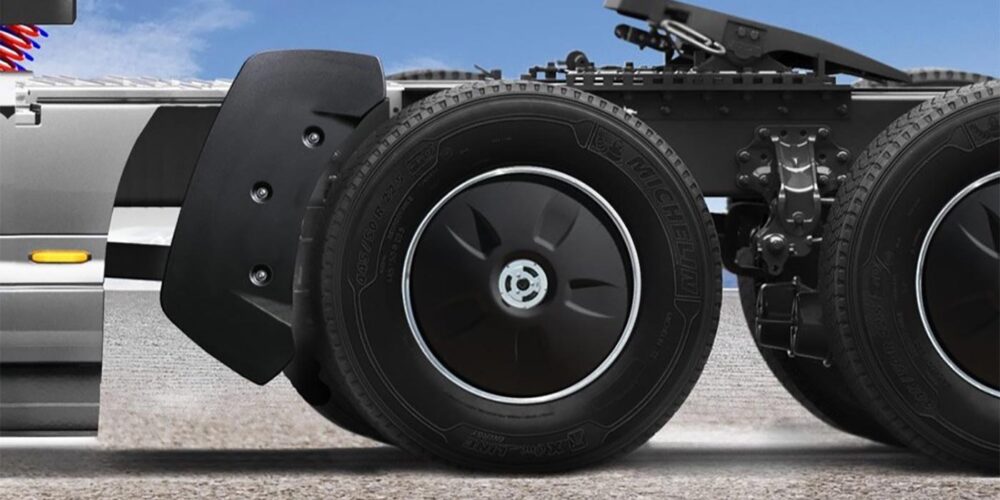Here’s the thing: Tire manufacturers could churn out heavy-duty truck tires that are far more efficient than what’s available today, but you probably wouldn’t want to equip the trucks in your fleet with them.
Yes, fuel-efficient tires are necessary to build your ROI in much of the heavy-duty trucking world. The trouble is, if a tire is built with the singular goal of being as fuel-efficient as possible, it is probably not going to be at the head of its class in some other areas of design, such as durability and longevity.
Tire manufacturers discovered a long time ago that an easy way to increase a tire’s fuel efficiency is to reduce its original tread depth. However, doing so obviously comes at the cost of reducing the tread life of the tire.
“The question becomes: Is the trade-off to fuel efficiency going to outweigh the loss of original tread life due to reduced tread depth?” says Triangle Tire USA’s Northeast Sales Manager, Charles Luther. “Another [example] is the compounding of the rubber for maximum fuel efficiency. The question then becomes, ‘Does the change in the rubber compounds to fuel efficiency adversely affect the handling of the tire?’”
Manufacturers searching for the answers of these questions are caught in a balancing act, developing new compounds and technologies aimed at increasing fuel economy without sacrificing mileage, and vice-versa.
According to Matthew Hanchana, sales technical services manager for Giti Tire USA, engineers tend to focus on three main factors which impact the rolling resistance (which directly affects fuel efficiency) of a tire: tire structure, tread pattern design and tread compounding.
“Tests show that more than 50% of the rolling resistance of a tire is generated from the tread and belt package; as such, many research hours are spent to study and improve these components,” he says. “The tread pattern design is also an important consideration when trying to improve the fuel efficiency of a tire. Streamlined ribs, blocks and lugs; good balance between cap and base compounds; shallower tread depth; and stiffening the belt package are all important considerations.
“Tire companies develop tread compounding techniques to reduce the energy absorption and consequent heat generation within the tread and belt package that, at the same time, do not compromise other important factors such as durability,” Hanchana continues.
Pat Keating, Yokohama Tire’s senior manager of field engineering, pointed to the company’s BluEarth line of trailer tires as an example of how better compound mixing technology has allowed enhanced tread compounds to be deployed in some of Yokohama’s latest products.
“Better manufacturing has allowed tighter tolerances to be used in design, so overall gauges can be reduced rather than adding rubber to make sure that minimum levels are maintained,” Keating says.
As fleets continue to demand more fuel-efficient tires in order to meet stricter industry regulations, manufacturers today find themselves in what Luther calls a “never-ending quest to improve fuel efficiency,” while still delivering maximum mileage on the road. Many manufacturers strive to strike this balance by offering a portfolio of SmartWay-approved or retread options to fleets, and sometimes even by combining these features.
“As new tire manufacturers have developed an extensive portfolio of SmartWay approved tires, so have the retread rubber manufacturers developed fuel-efficient tread rubber to be utilized in retread manufacturing,” Luther says. “In most cases, via careful evaluation, the chances are excellent that retreads on SmartWay-approved casings with fuel-efficient rubber will prove to be as efficient as new SmartWay-approved tires.”














